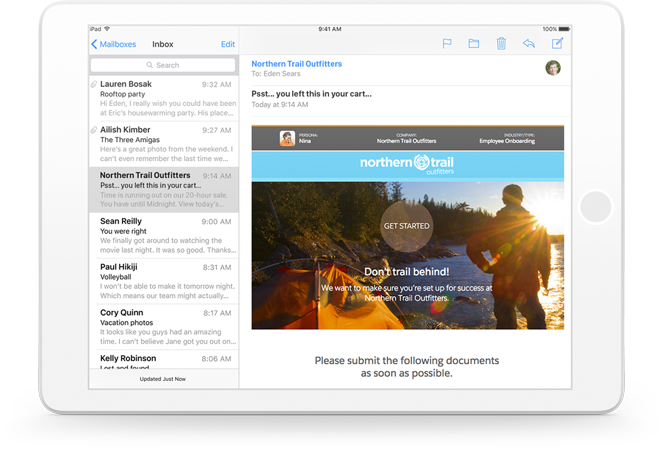Cross Channel Marketing For Your Business

Marketing used to be a much simpler prospect. If you wanted someone to know about your product, you told them about it. If you wanted to reach a wider range of potential customers, you sent out more people to tell them about it. Direct communication was the best way to reach an audience, and marketing relied upon it almost exclusively.
Now, however, there are dozens of different ways to reach an audience, and those audiences have become selective about which of those channels they use. While businesses might be tempted to just choose a channel and focus on perfecting their marketing in that area, such a tactic leaves huge gaps in their marketing strategies. By engaging in cross channel marketing, companies can reach a much wider range of people and communicate with their customer base where the customers already are.
What is cross channel marketing?
With cross channel marketing, companies branch out and use a variety of channels to interact with their customers and spread their marketing messages. This allows companies to communicate with customers in their preferred fashion, but even more importantly, it allows those same companies to gather a wealth of data and use that data to personalise their interactions with each customer.
Cross channel marketing is becoming more and more common, and the organisations that are employing it seem to be pleased with the results. According to one study, 73% of marketers state that it’s had a major impact on conversion rates. Meanwhile, 58% and 55% believe it has had a major impact on increasing retention and boosting advocacy, respectively.

What do cross channel marketing campaigns look like?
Each company’s cross channel marketing campaign will likely look different, because different products attract different demographics, and different demographics will use different marketing channels. Each of those channels, though, can bring in more data and help the company move the customer one step farther down the sales funnel.
For example, one company might rely almost entirely on their online store. Visitors to the site register an account before making a purchase, which provides the company with contact information it can use for additional interactions. At the same time, the company tracks the products the customer views and purchases. With this information, the company can send personalised ads for other products in which the customer might be interested via standard mail and email. The company can also invite customers to visit a website using unique URLs that personalise the site using the user’s name and preferences.
Some of the most common channels used in cross channel marketing efforts include web, email, SEO, advertising, mail, and even word of mouth. Among these, marketers consider email (30%), website (22%) and SEO (12%) to carry the highest value.
Marketing efforts don’t exist in a vacuum, and the benefits of cross channel marketing extend beyond just sending out several different versions of the same marketing message in the hopes that one will stick. All of these different steps work together to gather data and encourage the customer to progress down the sales funnel.
Each traditional marketing arm influences the others, and together, they build a clear picture of the overall terrain. The biggest benefit is that by sharing the data gathered through each channel, companies can see how their marketing efforts influence things on a higher level. The greater the quantity — and quality — of the data, the greater the company’s understanding.

What are the best cross channel marketing solutions for your company?
In order to coordinate marketing efforts across channels, many companies invest in cross channel marketing software. These software suites help to automate the process, as well as collect data and provide analytical tools so that the marketing team can make educated decisions about which efforts are working and which might require changing. Below, we’ve listed a few things to keep in mind when selecting a solution:
Tools
Cost
To put it bluntly, some software solutions are more expensive than others. While you don’t want to break the bank when selecting a new cross channel marketing solution, you also don’t want to just rush out and pick the cheapest option. Weigh the benefits that the new solution will bring you, and decide whether it is enough to counterbalance the costs.
Integration
Companies should consider how easy it is to integrate the new solution with the old software and hardware. While a great solution can bring valuable insights and help to convert potential customers to definite sales, if it requires completely revamping the systems that are already in place, then it may not be a wise investment. On the other hand, a system that is easily adopted can offset costs and lead to better results, sooner.
Cross channel marketing isn’t going anywhere. For the past two years, approximately two thirds of marketers have believed that integrating marketing across all their different channels was a priority. By investing in an effective cross channel marketing strategy, businesses can take a deeper look at their customers and provide each with an ideal experience. Not only that, but the right tools will help them to manage that data and distribute the resulting marketing messages easily and efficiently.
Questions?
Our reps have answers.
Ask about Salesforce products, pricing, implementation, or anything else — our highly trained reps are standing by, ready to help.

